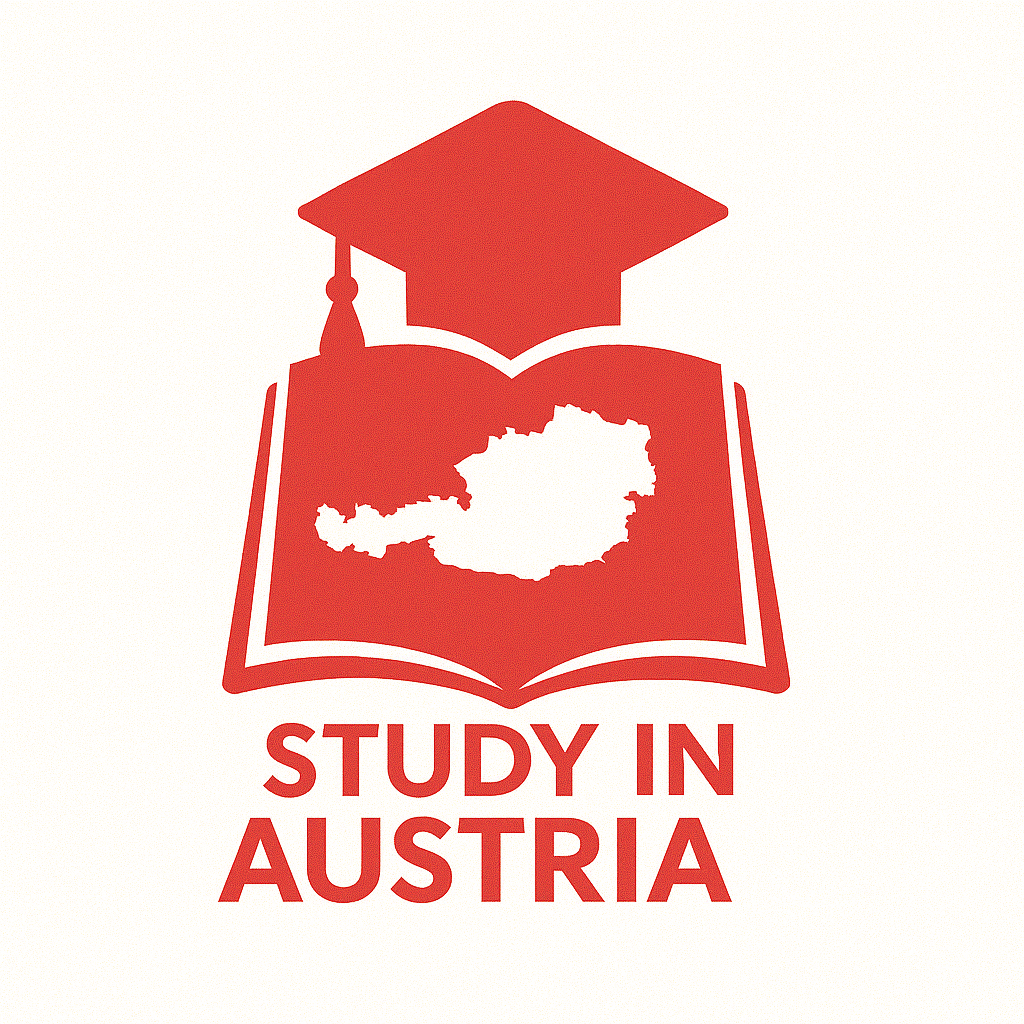Transitioning from High School to University in Austria: A Comprehensive Guide
Understanding Secondary Education in Austria
Austria’s education system consists of a comprehensive structure, segmented into primary and secondary education. Secondary education is divided into two distinct levels:
Secondary Level 1
- New Secondary School (Neue Mittelschule): Offers a general education with practical components.
- Academic Secondary School Lower Level (AHS Unterstufe): Focuses on academic subjects.
- Special Needs Schools: Tailored education for students with disabilities.
- Inclusive Education: Designed to cater to all students with varying needs.
Secondary Level 2
- Technical and Vocational Schools (Polytechnical Schools): Tailored for students preparing for apprenticeships.
- Vocational Colleges: Offering three-year education programs.
- Grammar Schools: Higher secondary education focusing on general academic skills.
- Preparatory Years: Programs designed to prepare students for specific vocational or academic pursuits.
This structured approach ensures that students have access to diverse educational opportunities that align with their interests and career aspirations.
Admission Requirements for Higher Education
Navigating the admission process is essential for students aspiring to enter Austrian universities. These requirements differ for Austrian high school graduates and international students.
Requirements for Austrian High School Graduates
Austrian students typically complete their secondary education with the Matura examination, which serves as the standard qualification for university entrance. Success in the Matura examination indicates readiness for higher education and is a prerequisite for admission to universities.
Requirements for International Students
International students face specific guidelines depending on their high school background. Particularly for those coming from the United States, the following requirements apply:
- Two Years of College Education: Students must complete at least two years of college before applying for admission.
- Advanced Placement Exams: Alternatively, students may qualify by passing at least four Advanced Placement (AP) exams alongside their high school diploma.
Understanding these requirements is critical for international students as they develop their educational pathways and prepare for their application processes.
Non-Traditional Routes to University
Austria’s higher education system is increasingly accommodating of diverse educational backgrounds. A notable trend is the inclusion of students who take a delayed or alternative path to university. Research indicates that approximately 38% of students with delayed transitions enter Austrian universities via non-traditional routes. This includes students who did not achieve a Matura through the standard education system.
These alternative pathways significantly enhance access to higher education, catering to a broader spectrum of student populations.
Preparation Programs for International Students
Transitioning to an Austrian university can be challenging, particularly for international students navigating a new educational landscape. One excellent resource is preparation programs designed to facilitate this transition. These programs offer various benefits:
- Support with Documentation: Assistance in verifying foreign high school diplomas or equivalents ensures students meet entry requirements.
- Academic Guidance: Tailored academic support prepares students for the rigors of university studies in Austria.
Institutions like Salzburg College offer various pathway programs aimed at easing the transition for international students.
The Application Process for International Students
Applying to an Austrian university as an international student entails several strategic steps:
Step 1: Familiarize Yourself with the Application Process
Before applying, students should become acquainted with the specific requirements and stages of the application process. This can vary significantly between different universities, making early research essential.
Step 2: Contact the University Admission Office Early
Engaging with the admission office early can provide valuable information and ensure students are aware of any institutional-specific requirements or deadlines.
Step 3: Prepare for the Administrative Requirements
The application process can involve considerable documentation, including proof of previous education, language proficiency, and other credentials. Given the complexity and potential for time-consuming tasks, advanced planning is critical.
Conclusion
Transitioning from high school to university in Austria represents an exciting yet complex journey for both Austrian and international students. Understanding the educational pathways, knowing the admission requirements, exploring non-traditional routes, and being aware of available preparatory programs are essential steps to ensure success in this endeavor.
At Study in Austria, we are committed to simplifying this process for international students and supporting educational institutions throughout the recruitment and admission process. Our expertise in educational pathways and recruitment strategies can significantly enhance your experience.
If you are considering transitioning to university in Austria or are part of an educational institution looking to improve your recruitment processes, we invite you to reach out. Let’s work together to facilitate a seamless educational experience for all aspiring students.
Take the Next Step with Study in Austria
Explore further and discover opportunities for your education in Austria. We are here to help you every step of the way.
